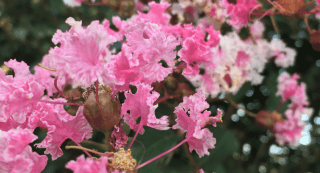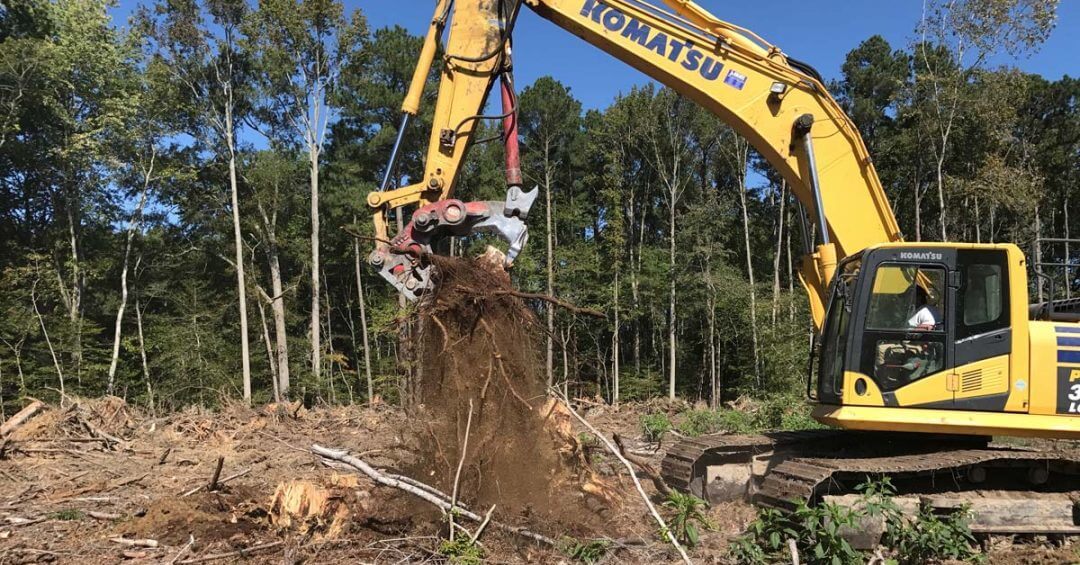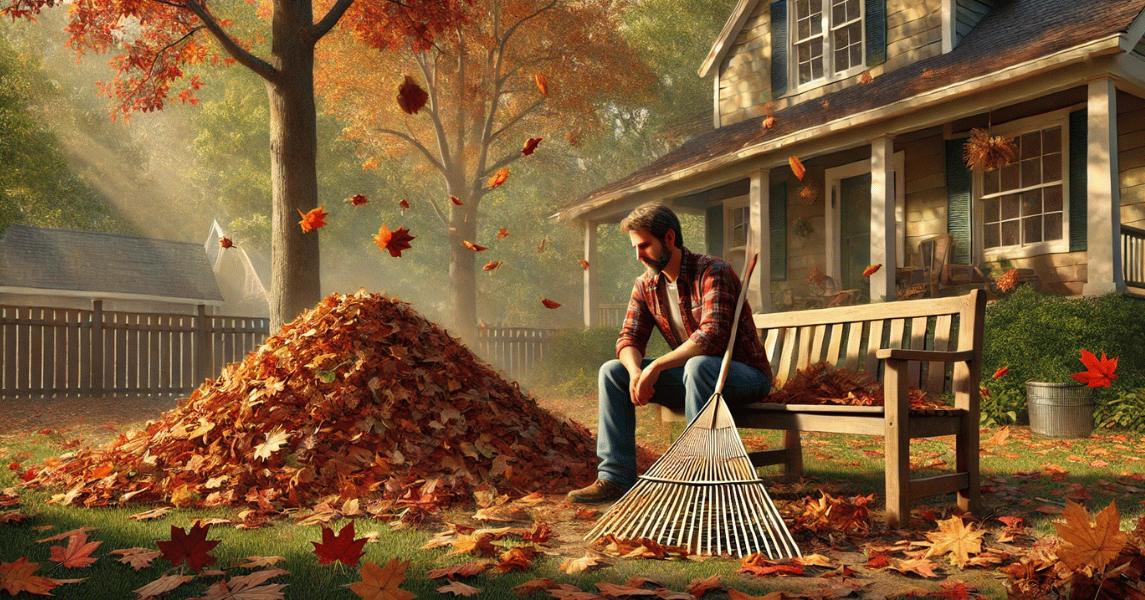With their vibrant blooms and graceful appearance, Crape Myrtles are a beloved addition to many landscapes. Proper pruning is essential to ensure these stunning trees stay healthy and look their best. In this guide, we'll walk you through the do's and don'ts of crape myrtle pruning with insights from the tree care specialists at Strobert Tree Services.
When to Prune Your Crape Myrtles
Timing is everything when it comes to crape myrtle pruning. The best time to prune these trees is during late winter or early spring while they are still dormant.
This typically falls between late February and early March. Pruning during this period encourages new growth during the upcoming growing season.
Avoid pruning too late in the spring or during the summer, as this can lead to the removal of flower buds that have already formed. Pruning too late might compromise the beautiful blooms you're eagerly anticipating.
The Correct Method for Pruning Crape Myrtles
Pruning crape myrtles might seem daunting, but following a few simple guidelines will help you achieve the desired results:
- Selectively Remove Branches: Identify any dead, diseased, or crossing branches. These should be your first targets for removal. Removing these branches improves air circulation and prevents potential disease spread.
- Trim for Shape: Selectively trim branches growing in unwanted directions to maintain a natural and aesthetically pleasing shape. Aim for an open canopy that allows sunlight to penetrate, promoting healthy growth.
- Prune for Size: If your crape myrtle has grown too tall for its space, you can reduce its height by trimming the upper branches. Make sure to cut just above a growth node or a junction with another branch.
- Heading Cuts: When making cuts, do so just above an outward-facing bud. This encourages growth in the desired direction, preventing inward growth and leading to a crowded canopy.
- Clean Cuts: Always use sharp, clean pruning tools to ensure smooth cuts. Ragged cuts can invite pests and diseases to your tree.
Avoid These Incorrect Pruning Practices (Crape Murder)
We need to emphasize the importance of avoiding inevitable common mistakes that can harm your crape myrtles:
- Topping: Avoid "topping" or severely cutting back the main branches to stubs. This damages the tree's structure, leading to weak regrowth susceptible to diseases and pests.
- Crape Murder: This term describes the extreme and improper pruning of crape myrtles, often resulting in unsightly and unhealthy growth. Avoid drastically cutting back the entire top of the tree, as it ruins its natural form and beauty.
- Late-Summer Pruning: Pruning during late summer or early fall can remove flower buds for the following year and potentially stress the tree when it's preparing for winter dormancy.
Why Pruning Correctly Matters
Proper pruning is more than just cosmetic; it contributes to your crape myrtles' overall health and longevity. Correctly pruned trees have:
- Improved Air Circulation: Adequate spacing between branches allows air to flow freely, reducing the risk of fungal infections and promoting overall tree health.
- Optimal Flowering: By removing dead or crossing branches, you're creating an environment where the tree's energy is focused on producing vibrant blooms.
- Strong Structure: Correctly pruned crape myrtles develop a sturdy and well-balanced structure that can withstand storms and heavy winds.
Contact Strobert Tree Services for Expert Tree Care
For those who want to ensure their crape myrtles and other trees receive the best care, Strobert Tree Services is here to help. With their years of experience in tree care across Delaware, Pennsylvania, Maryland, and New Jersey, Strobert Tree Services offers professional pruning services that keep your trees healthy and beautiful.
To learn more about proper tree care, including pruning techniques and maintenance, contact Strobert Tree Services today. As leaders in the field, they're dedicated to preserving the beauty and health of your trees for years to come.











